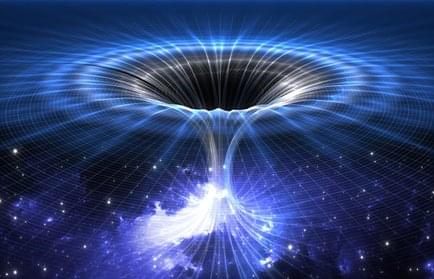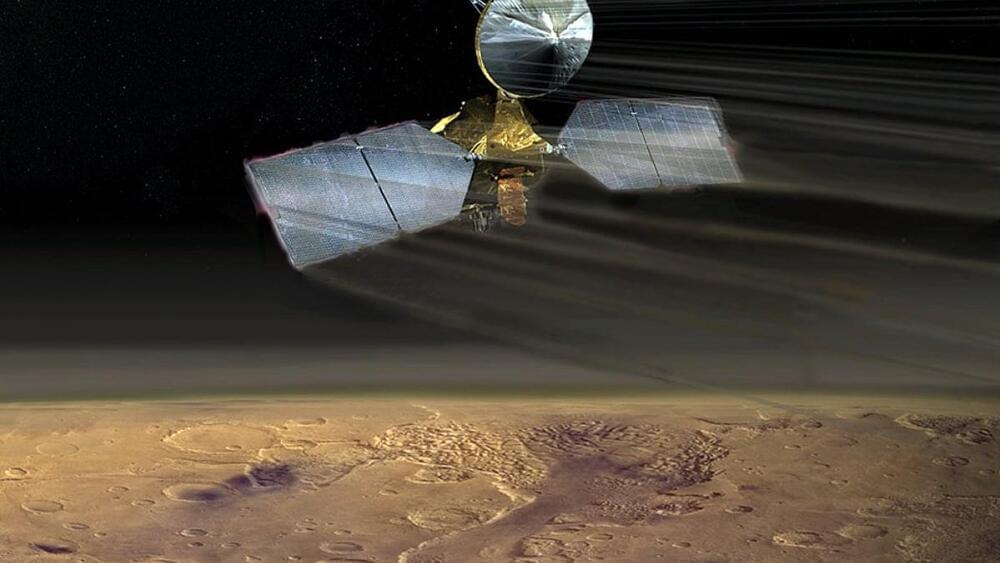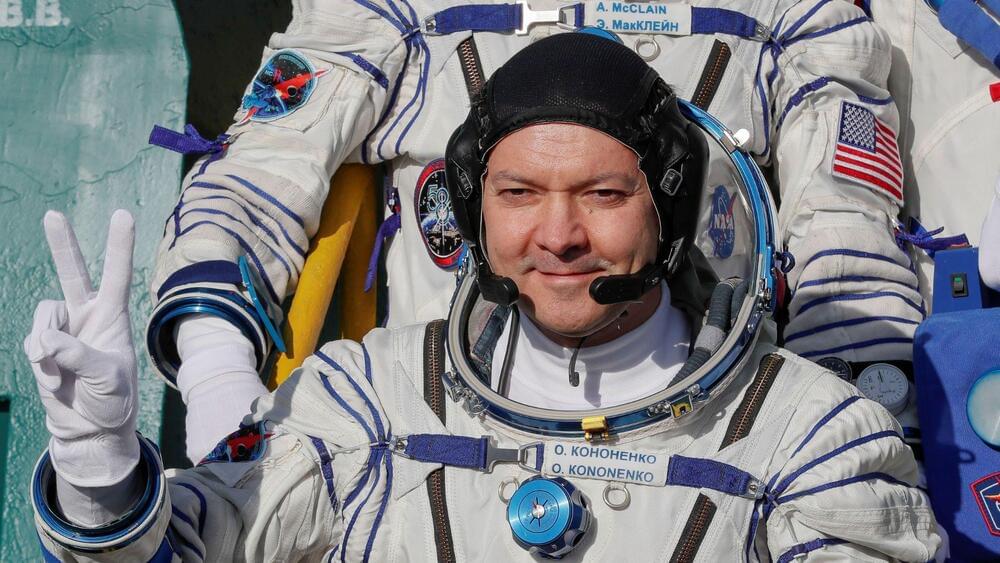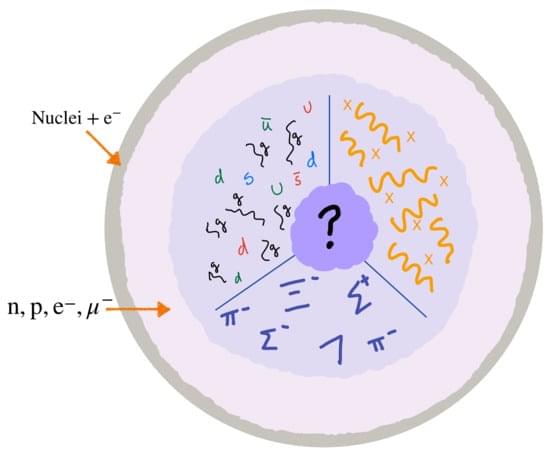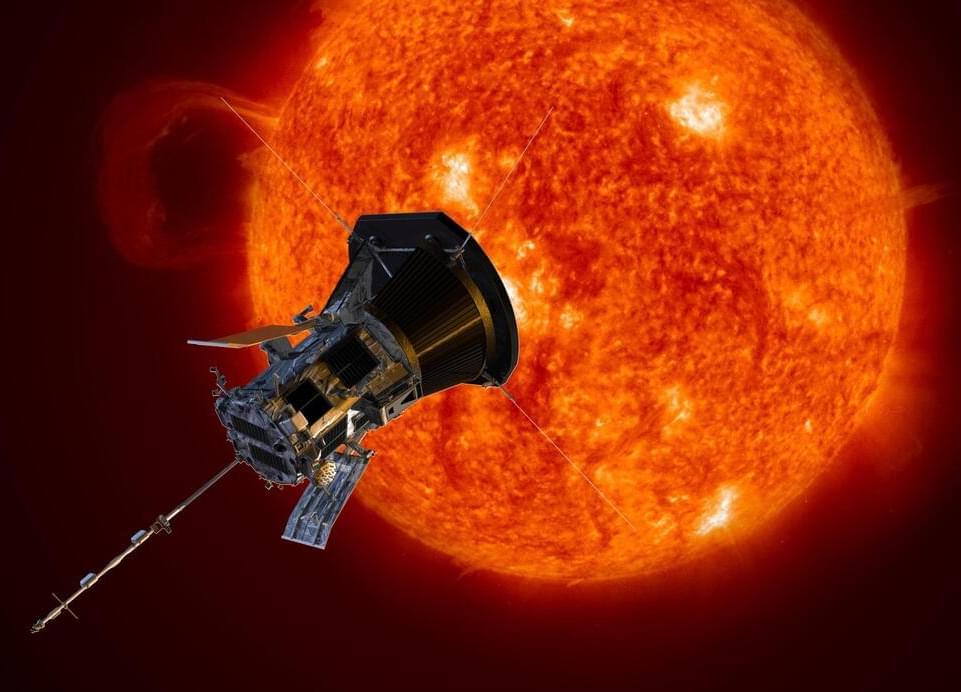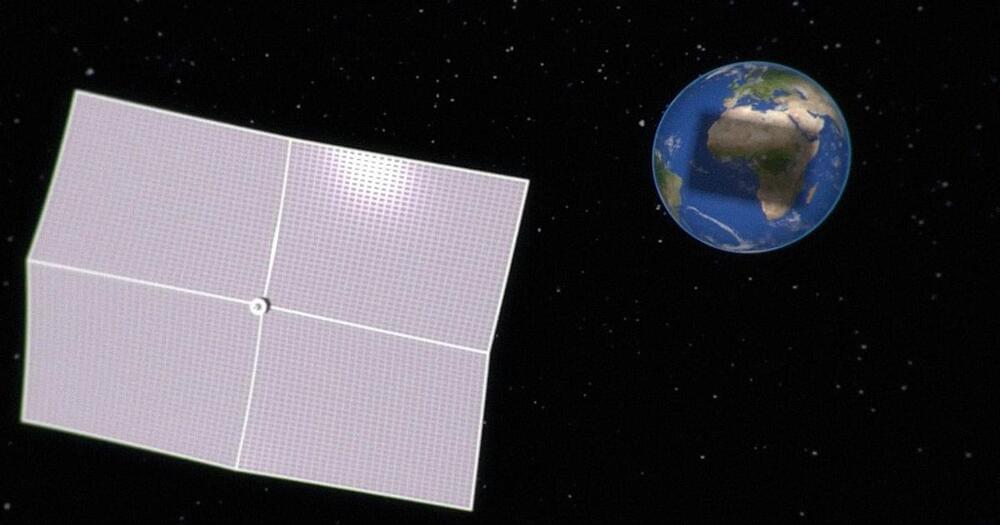Archive for the ‘space’ category: Page 6
Feb 5, 2024
Tiny Norwegian cubesat talks to Earth using lasers for the first time
Posted by Genevieve Klien in categories: innovation, space
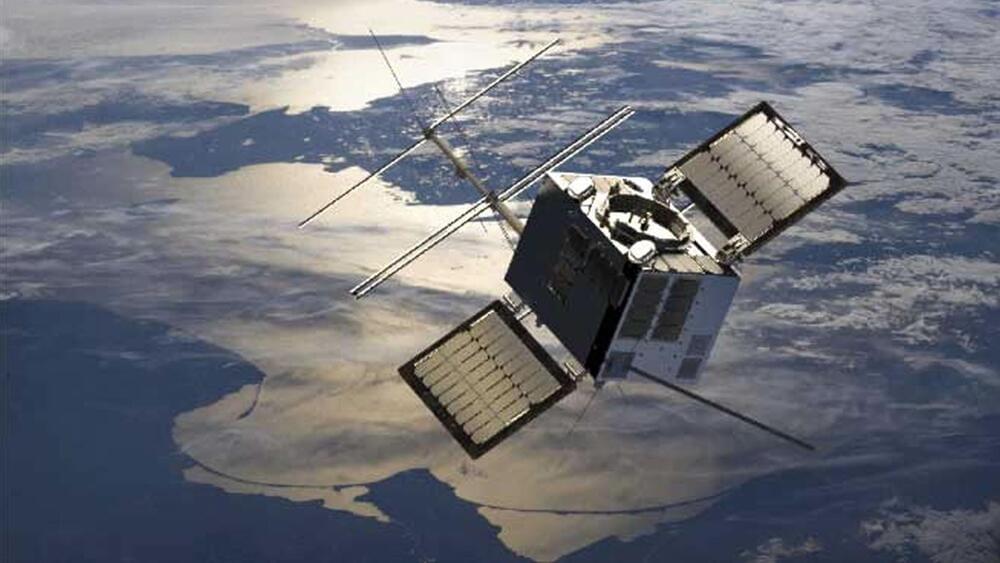
Norway’s tiny NorSat-TD satellite has made its first contact with Earth from LEO using its innovative laser communications payload.
Feb 4, 2024
Tech and Cyber Predictions For 2024
Posted by Chuck Brooks in categories: cybercrime/malcode, robotics/AI, space
Welcome to the latest edition of Security & Tech Insights. In this newsletter, predictions on topics of cybersecurity, emerging computing, artificial intelligence, and space will be explored. Thanks for reading and sharing!
Chuck Brooks, Editor.
https://enterprise.spectrum.com/insights/blog/2024-enterpris…aid-Social.
Feb 4, 2024
NASA spacecraft snaps image of ancient, winding rivers on Mars
Posted by Genevieve Klien in category: space
Feb 4, 2024
Oleg Kononenko to break world record for longest time in space
Posted by Gemechu Taye in category: space
According to Russian media reports, Russian cosmonaut Oleg Kononenko is set to make history on Sunday as he will surpass the world record for the longest cumulative time spent in space.
Kononenko, who is currently on his fifth space mission, will clock a total of 878 days, 11 hours, 29 minutes, and 49 seconds in orbit by 11:30:08 Moscow time (0830:08 GMT), breaking the previous record held by his fellow countryman Gennady Padalka, who retired in 2017.
The 59-year-old Kononenko, also the commander of the Roscosmos cosmonaut corps, will extend his record until September 23, when he is scheduled to return to Earth after completing his current expedition. By then, he will have spent 1,110 days in space, equivalent to nearly 2 1/2 years.
Feb 4, 2024
Super-Earth discovered in the “optimal” habitable zone of its star, TOI-715 b
Posted by Genevieve Klien in category: space
Scientists have discovered a super-Earth, named TOI-715 b, located within the “conservative” habitable zone of a nearby red dwarf star.
This revelation has ignited the astronomical community with the potential of uncovering conditions that are suitable for life a mere 137 light-years from Earth.
The research, led by Georgina Dransfield at the University of Birmingham, represents a significant step forward in our quest to understand the conditions under which life might arise.
Feb 4, 2024
Neutron Stars with Baryon Number Violation, Probing Dark Sectors
Posted by Dan Breeden in categories: particle physics, space
The neutron lifetime anomaly has been used to motivate the introduction of new physics with hidden-sector particles coupled to baryon number, and on which neutron stars provide powerful constraints. Although the neutron lifetime anomaly may eventually prove to be of mundane origin, we use it as motivation for a broader review of the ways that baryon number violation, be it real or apparent, and dark sectors can intertwine and how neutron star observables, both present and future, can constrain them.
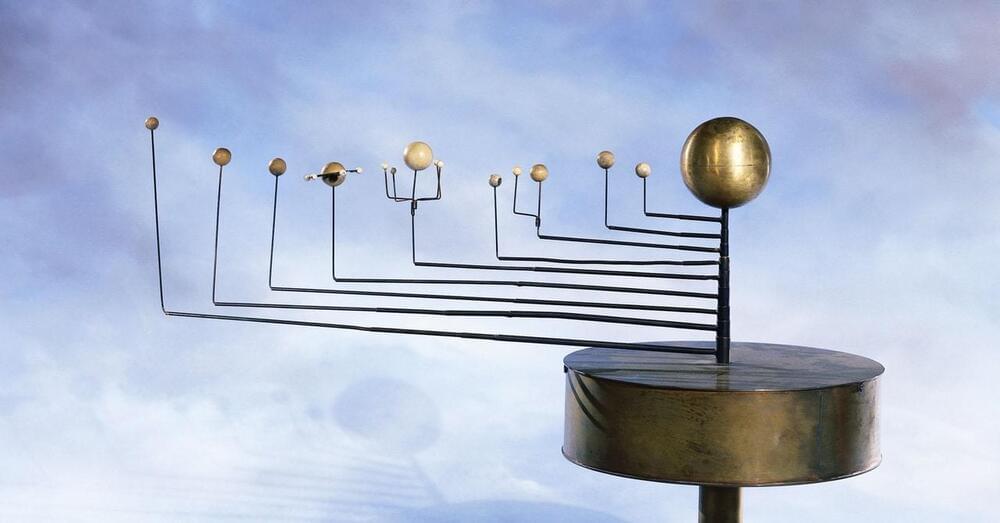
It started as a big old ball of dust, so how did it end up like a giant pancake? Our resident physicist tells the true story using fake forces.
Feb 3, 2024
The fastest human-made object vaporizes space dust on contact
Posted by Genevieve Klien in categories: particle physics, space
NASA’s Parker Solar Probe is crashing through a hailstorm of dust as it hurtles towards the sun at awe-inspiring speed.
The probe’s team members found that high-speed impacts with dust particles are not only more common than expected, they’re making tiny plumes of superhot plasma on the surface of the craft, according to an announcement for a new study.
The probe’s main mission goals are to measure the electric and magnetic fields near the sun and learn more about the solar wind—the stream of particles coming off of the sun, says David Malaspina, a space plasma physicist at the University of Colorado Boulder Astrophysical and Planetary Sciences Department and Laboratory for Atmospheric and Space Physics. Malaspina led the study, which the team will present at a conference this week.
Feb 3, 2024
Scientists Working on Plan to Cool Earth by Blocking Sun
Posted by Kelvin Dafiaghor in category: space
Scientists want to send a swarm of small umbrellas into space to block the Sun’s warming ways from reaching the Earth’s surface.
